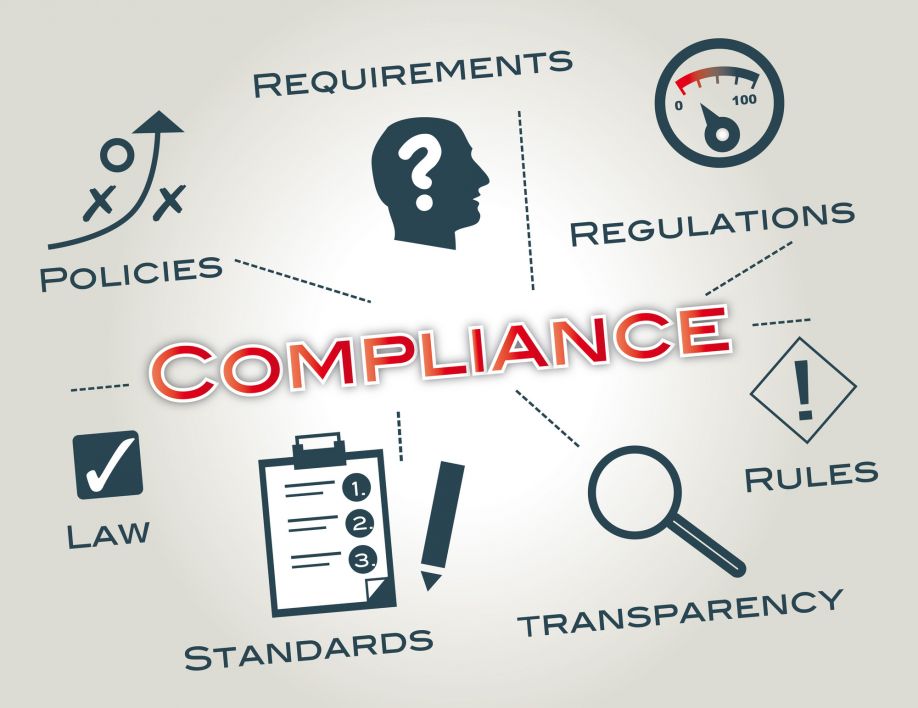What to Know About Fire Safety for Renewable Energy

All industries come with their fair share of safety concerns. Because of the growth in the renewable energy sector, some believe there are new hazards we’re not yet aware of.
Whether it’s a set of wind turbines or residential solar panels, identifying the risks associated with installation and general operation is crucial for technicians and the companies they work for. Safety should be a top priority for industry leaders and the workers who are out on the job.
Despite fears surrounding safety in renewable energy, fires, falls, shock, and burn injuries are caused by common occurrences on construction sites. The types of injuries are similar but can be on a much larger scale. Falls can be much more severe, and burns can be fatal.
It’s necessary to address any gaps in preparation and possible hazards. When we guarantee safety in the industry, we’ll be able to reap the benefits renewable energy provides.
Let’s take a look at some sources of renewable energy that may pose risks. We’ll also dig deeper into what causes fires and how to prevent injury from occurring.
Where Fires Originate
Although fires are rare, there are sources where fires can occur. Most of the time, the machinery itself does not cause fires, but faulty electrical wiring and other types of failure contribute to fires.
For example, solar panels are not the root cause of fires. In the instance that a fire does break out, it’s due to electrical arcing. Faulty installation or insufficient insulation are two reasons for electrical arcing. Companies must always train their technicians to ensure proper installation of solar panels, regardless of their location.
Wind turbines are generally safe sources of renewable energy. If turbines overheat or are exposed to harsh weather, the risks tend to increase, as with anything that produces electricity. Something as common as an HVAC system can pose similar risks, too, along with any machinery with oversized or undersized components.
Any heavy equipment is at risk of experiencing intermittent failure, and renewable energy sources are no exception. Whenever heat is applied to machinery, combustible materials have the chance to catch fire and cause damage.
Addressing Fire Risks in the Workplace
Ensuring the safety of workers who install and maintain renewable energy sources is paramount. The first step is to address the risks associated with this type of work.
Identifying the risks associated with renewable energy is vital for companies in the industry. Training programs can be implemented to educate employees on potential hazards and what to do in the case of an emergency.
Here are some concerns to take into account when it comes to renewable energy sources:
- Arc flashes
- Extreme weather
- Electrocution
- Confined spaces
- Thermal burns
Incorrect electrical wiring, exposed wiring, and other electrical malfunctions can lead to severe injury. By training employees properly and hiring certified electricians, the risks of employees suffering injury dramatically decrease.
How else can we prevent fires from causing injury?
Preventing Fire Injuries
Because renewable energy can reduce greenhouse gas emissions and make our planet more sustainable, we must protect those who help energy sources to thrive. By taking preventive measures to ensure safety, we’ll be able to continue working toward reducing our carbon footprint.
Here are some steps to take to help prevent injuries due to fires:
- Identify risks before starting a new project
- Provide fire and EMS standby during installation and maintenance
- Properly train technicians to reduce human mistakes
- Regularly inspect energy sources and replace parts if necessary
For example, wind turbine fields are often located in remote areas, so preparing for any work to be done by having personnel ready in case of an emergency is an excellent step to take.
Fortunately, the Occupational Safety and Health Administration (OSHA) recognizes the risks associated with renewable energy. The administration sets standards for occupational safety, whether on a construction site or at the top of a 300-foot turbine. Having an organization devoted to workplace safety, especially in a new sector, is hugely beneficial.
Ensuring Green Job Safety
As more sustainable energy sources come along, it’s vital to assess the risks of installing and maintaining them. By doing so, employees can spend more time focusing on the details that allow these sources to power our world.
Although some factors are uncontrollable, taking measures to prevent fire breakouts will positively impact work sites.
Comments (0)
This post does not have any comments. Be the first to leave a comment below.
Featured Product

